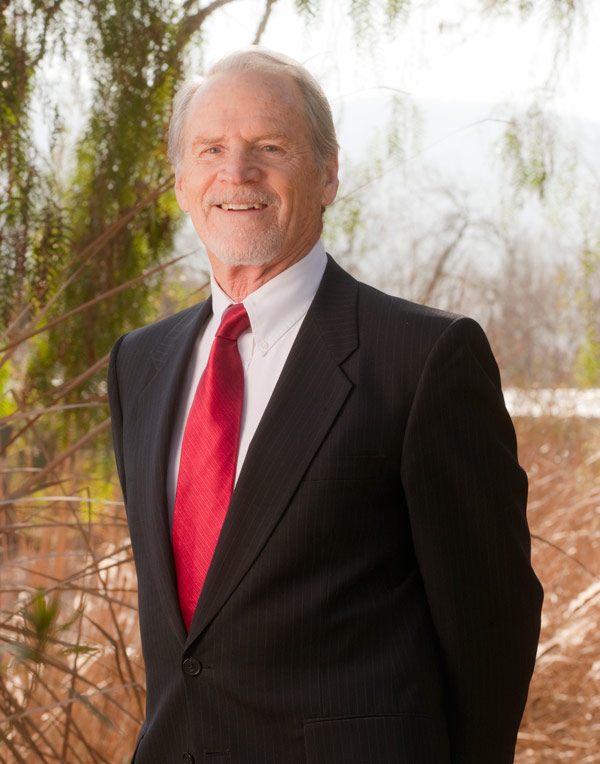Plan aims to achieve goal of restoring ecosystem and improving water supply
Published in the December 25, 2013-January 7, 2014 issue of Morgan Hill Life
By Dennis Kennedy

Dennis Kennedy
The transformation of Santa Clara County to the economic powerhouse of Silicon Valley during the last century has been made possible by regional, state and federal water projects that imported water from the Sierra Nevada watersheds to the Bay Area.
On average, 55 percent of our county’s water supply is imported from Sierra Nevada watersheds, most of it through the Sacramento-San Joaquin Delta.
Without this source of imported water, we would lack enough water to keep our county’s groundwater basins healthy, to prevent saltwater intrusion along the southern San Francisco Bay, to provide for local wildlife habitat in our streams and percolation ponds, let alone provide water to our treatment plants.
With climate change and aging levees, the Delta — the hub of California’s water system serving 25 million people — is at risk.
A levee failure could cause salt water to rush in, curtailing our imported water supply for months or years.
That’s why stakeholder groups from around the state have been actively involved in a collaborative process to develop the Bay Delta Conservation Plan (BDCP). The plan — posted for public review at baydeltaconservationplan.com — aims to achieve two co-equal goals of restoring the Delta ecosystem and improving water supply reliability.
The BDCP includes protecting and restoring approximately 145,000 acres of habitat. The two proposed tunnels that would transport water under the Delta would stop the reverse river flows that are caused by the existing large pumps in the South Delta region. This is expected to improve native fish migratory patterns and habitat conditions.
The proposed project only allows as much water to be exported as the Delta ecosystem can support. Federal fishery agencies will continue to have discretion over water deliveries based on ecological factors. The plan is also intended to provide a more reliable means to secure the water that is already allocated to water agencies, like ours, in wet years.
Though not a magic bullet, the BDCP is attempting to address many complicated and longstanding issues.
At the same time, we will continue to promote greater water efficiency and develop new recycled water supplies so that we can reduce our reliance on imported water.
We are implementing programs to conserve nearly 100,000 acre-feet (or 32.6 million gallons) of water each year by 2030, equaling almost one quarter of our total water use. And we plan to more than double our recycled water use by 2025.
But developing these locally controlled, drought resistant water supplies will not replace the necessary imported supplies that sustain us every day.
While water conflicts are legendary in California, we know that sustaining our Silicon Valley economy and quality of life is of paramount importance. That’s why our board has held a series of public meetings, seeking out different views on BDCP. We have not made a decision and are still evaluating the proposed project. As we continue a transparent process to evaluate the plan’s components and analyze the costs and benefits to Silicon Valley, we must also reflect on the costs of doing something different and the costs of doing nothing.
This is a critical time for water in California and the Silicon Valley. I encourage you to learn more about the plan, as we have, and provide us with your thoughts.
Dennis Kennedy is available for questions or comments as your District 1 representative for Southeast San Jose, Evergreen and South County, including Gilroy, Morgan Hill and San Martin. Feel free to contact him at (408) 265-2500. Or email him at [email protected].






